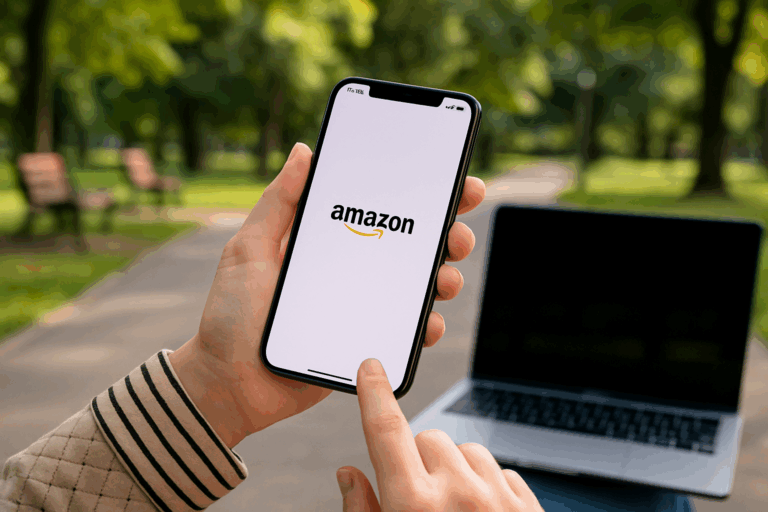What Food & Beverage Brands Can Do in the Absence of First-Party Data

For food and beverage CPG brands, data-driven marketing is critical to success. However, unlike direct-to-consumer (DTC) brands, food and beverage companies that sell through retail stores often lack access to first-party customer data at the point of sale. This limitation makes it challenging to track in-store purchases and refine targeting strategies based on consumer behavior.
Brands do not receive first-party data for in-store retail purchases. While some retailers can track purchases through loyalty programs, that information remains within their ecosystems and typically isn’t shared with brands. Without direct ownership of transaction data, brands must explore advanced measurement methodologies to evaluate marketing’s impact on retail sales.
How Can Food and Beverage Brands Succeed Without First-Party Data?
1. Precision Targeting Based on Ideal Customer Profiles
In the absence of direct purchase data, brands can’t rely on machine learning to do the heavy lifting like they often do in DTC campaigns. Instead, we recommend a more prescriptive approach: building audience segments manually based on demographics, psychographics, and lifestyle indicators. While this requires deeper upfront planning, it’s essential for reaching the right consumers in retail environments where attribution is limited.
2. Contextual and Behavioral Targeting
Since first-party data isn’t available for in-store sales, food and beverage brands can benefit from contextual and behavioral targeting. By identifying the environments where their ideal customers spend time—whether that’s specific websites, content categories, or lifestyle-based media channels—brands can reach relevant audiences without relying on direct purchase data.
3. Utilizing Retail Media Networks (RMNs)
Retail media networks (RMNs) offer brands an opportunity to reach in-market shoppers directly on retailer-owned platforms. While brands don’t gain access to individual consumer data, RMNs enable them to target consumers based on aggregated purchase behavior.
Platforms like Walmart Connect, Kroger Precision Marketing, and Instacart Advertising provide valuable tools for food and beverage brands to reach high-intent shoppers without relying on their own first-party data. These networks leverage their internal customer insights to serve relevant ads at moments of high purchase intent.
4. Influencer Marketing to Drive In-Store Sales
Influencer partnerships can help bridge the data gap by creating organic connections between digital content and retail purchases. By collaborating with content creators who align with their target audience, brands can drive awareness and encourage in-store visits—even without tracking individual purchases.
5. Leveraging .com Data for Directional Insights (for Brands with Online and Retail Sales Channels)
While online and in-store shoppers often differ, brands can still extract directional insights from their e-commerce platforms. Data from .com sales can help brands understand which audiences are engaging with their products online and apply those learnings to their retail strategies.
If a brand has an e-commerce presence, we can tap into the first-party data captured there to inform and refine audience targeting—even for initiatives aimed at driving in-store sales. That said, it’s important to recognize that motivators for purchasing in-store versus online may differ, and consumers will ultimately buy where it is most convenient for them.
Next Steps
While the lack of first-party data presents challenges for food and beverage brands, it’s not an insurmountable one. By focusing on precision targeting, leveraging .com insights, utilizing retail media networks, and adopting contextual and influencer-driven strategies, brands can still effectively drive in-store sales without direct access to consumer purchase data.
By embracing these alternative approaches, food and beverage brands can continue to grow and optimize their marketing efforts despite first-party data limitations. Ready to elevate your digital marketing strategy? Power Digital can help!
Our Editorial Standards
Reviewed for Accuracy
Every piece is fact-checked for precision.
Up-to-Date Research
We reflect the latest trends and insights.
Credible References
Backed by trusted industry sources.
Actionable & Insight-Driven
Strategic takeaways for real results.


















